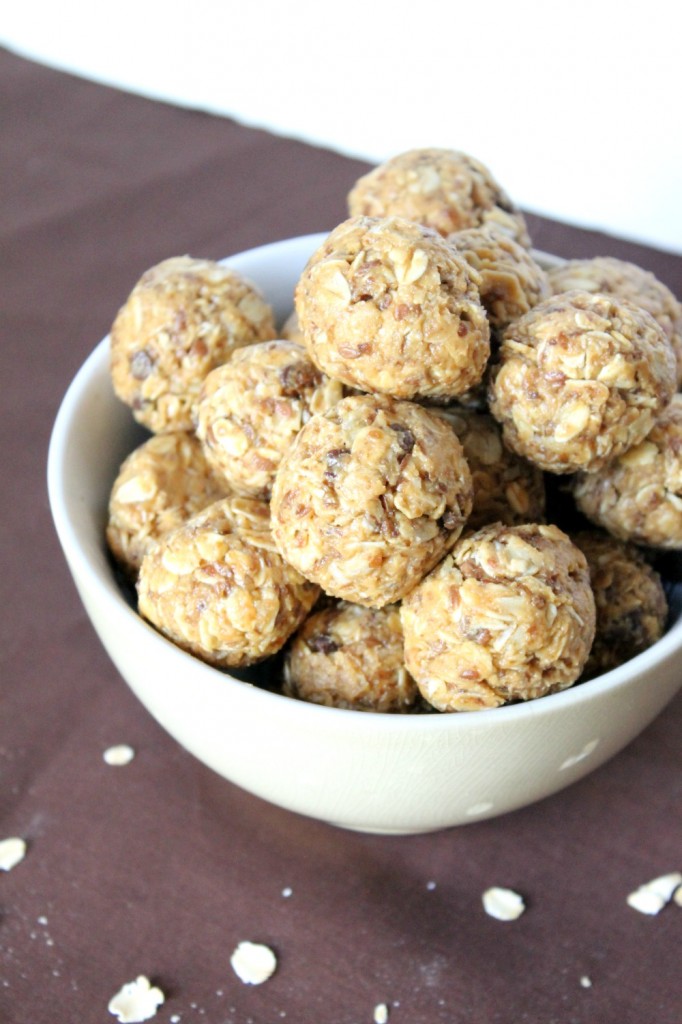Practice your cooking skills: Use some of your free time to test out healthy recipes that you can also prepare when you return to school. Focus on things that you can make in bulk and take with you on-the-go, which will be helpful with a busy schedule.
For example, try this quick and easy recipe from eatingwell.com:
Cucumber and black-eyed pea salad
 |
| Image source: http://www.eatingwell.com |
(Makes approximately 6 cups)
- 3 tbsp extra-virgin olive oil
- 2 tbsp lemon juice
- 2 tbsp chopped fresh oregano (or 1 tsp dried)
- Freshly ground pepper to taste
- 4 cups peeled and diced cucumbers
- 1 14-ounce can black eyed-peas, rinsed
- 2/3 cup diced red bell pepper
- ½ cup crumbled feta cheese
- ¼ cup slivered red onion
- 2 tbsp chopped black olives
Directions:
1. Whisk oil, lemon juice, oregano, and pepper in a large bowl until combined.
2. Add cucumber, black-eyed peas, bell pepper, feta, onion, and olives; toss to coat.
3. Serve at room temperature or chilled.
Visit allrecipes.com for more easy summer recipes, or follow these links to learn how to make Black bean and couscous salad, Quinoa, kale, and avocado salad, or Chickpea, cherry tomato, and feta salad.
Stay hydrated: During the hot summer months, it is essential to drink more water and fluids to maintain adequate hydration. It is easy to confuse thirst signals with hunger, so dehydration may actually impact your food intake. Based on the DRI (Dietary Reference Intake) for water, women should consume 2.7 liters and men should consume 3.7 liters per day, which can come from beverages and foods with high water content such as fruits and vegetables. This recommendation is increased during exercise, hot weather, and illness.
There are several ways to monitor your hydration status, such as checking the color of your urine and monitoring for signs of thirst. Since the body is already dehydrated when thirst signals kick in, you want to drink fluids regularly for optimal hydration status. Athletes can check weight before and after intense exercise to assess fluid losses and then rehydrate appropriately.
When choosing beverages, focus on drinks such as water or unsweetened tea, and limit your intake of sugar-sweetened beverages. A great way to add flavor to your water is to prepare fruit-infused water. This process is quick and easy, and there are so many interesting combinations to try! Herbs and veggies can be added for even more variety. For example, try basil/orange, mango/mint, strawberry/cucumber, raspberry/lime, orange/blueberry, or any other variation that you prefer. You can also make infused water ice cubes by adding fruit or herbs to an ice cube tray and quickly dropping the ice cubes in your water bottle when you’re heading out the door.
 |
| Image source: greenblender.com |
Also continue to challenge yourself by increasing the intensity and variety of your workouts. While aerobic exercise is great for cardiovascular health and burning calories, do not overlook the importance of strength training and flexibility.
Vitamin D: Spending time outdoors will also help you get more vitamin D, the sunshine vitamin. Vitamin D can be found in dietary sources such as salmon, eggs, and fortified dairy products, but the body also makes this vitamin when skin is exposed to sunlight. Vitamin D plays a number of key roles in the body, as it is essential for bone health, calcium absorption, immune function, and the maintenance of adequate blood levels of calcium and phosphate. These are all great reasons to have some fun in the sun this summer!
Guest blog submitted by: Megan Fobar, MS, UC San Diego Medical Center Dietetic Intern and edited by FitLife Dietitian, Prashila Mistry, MS, RD, CLEC.







